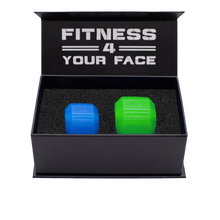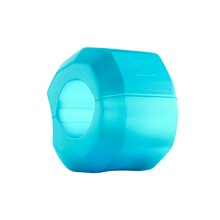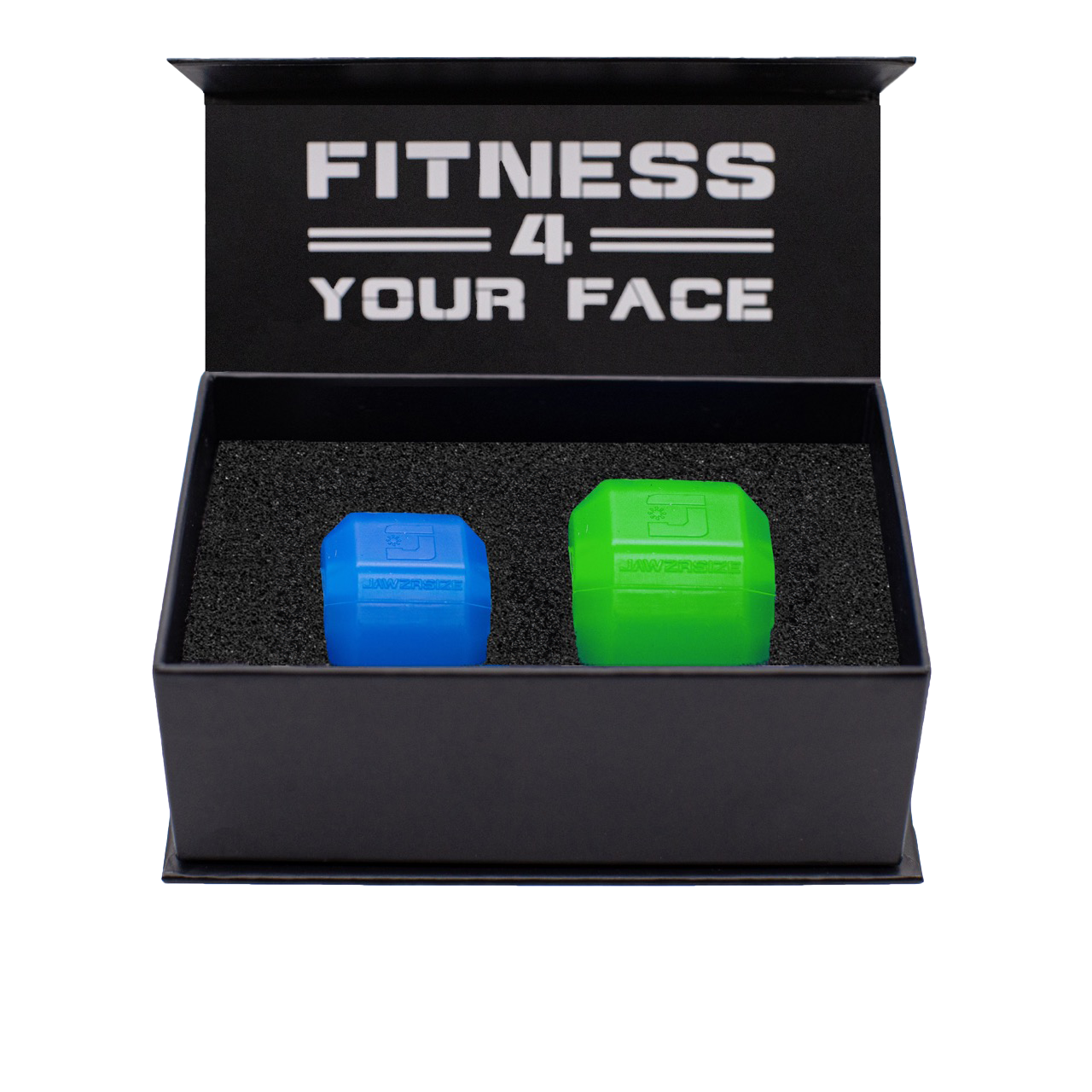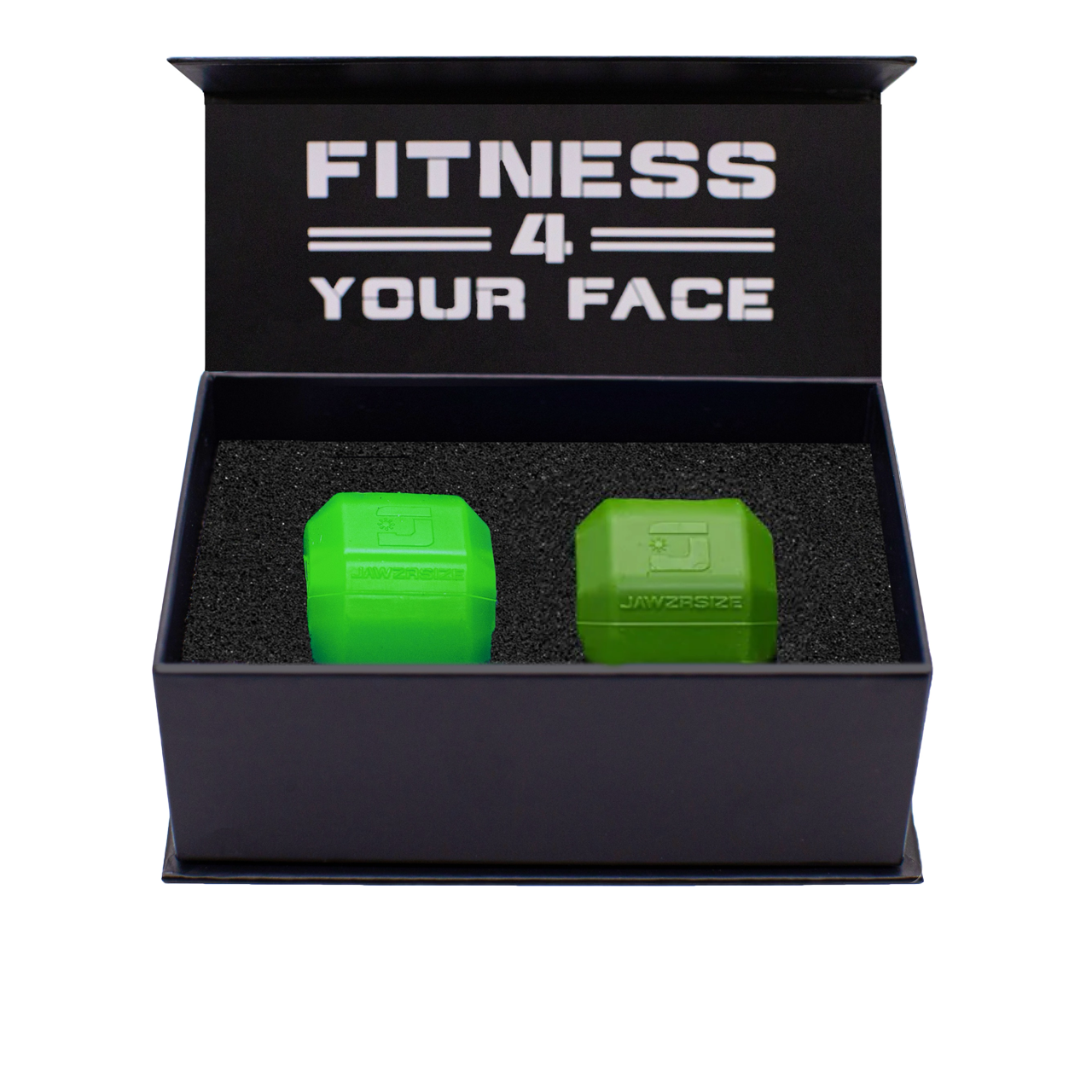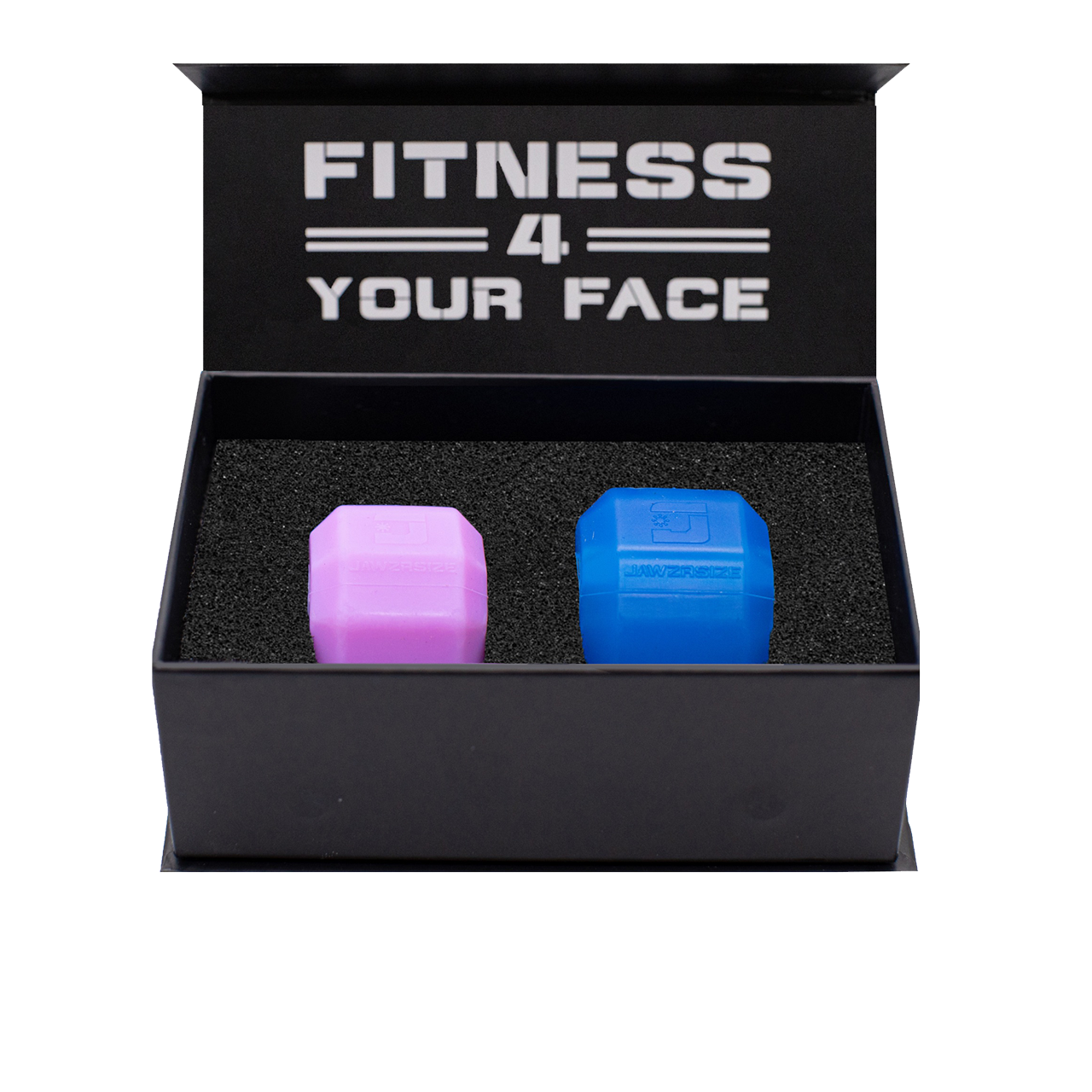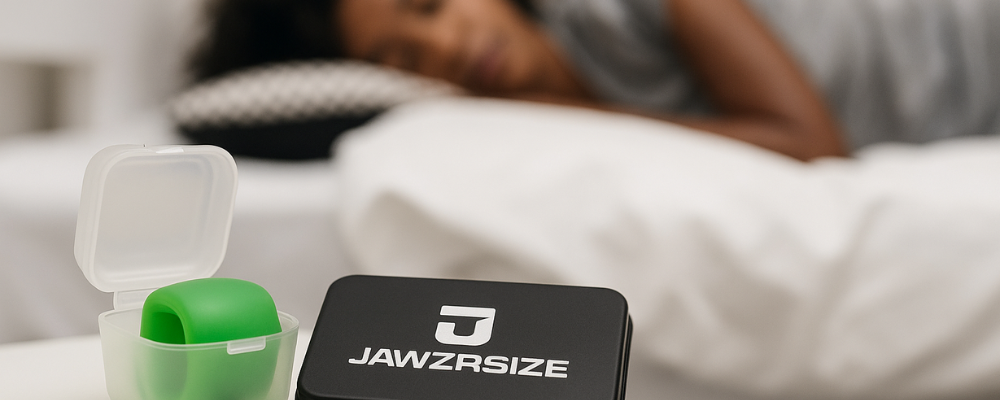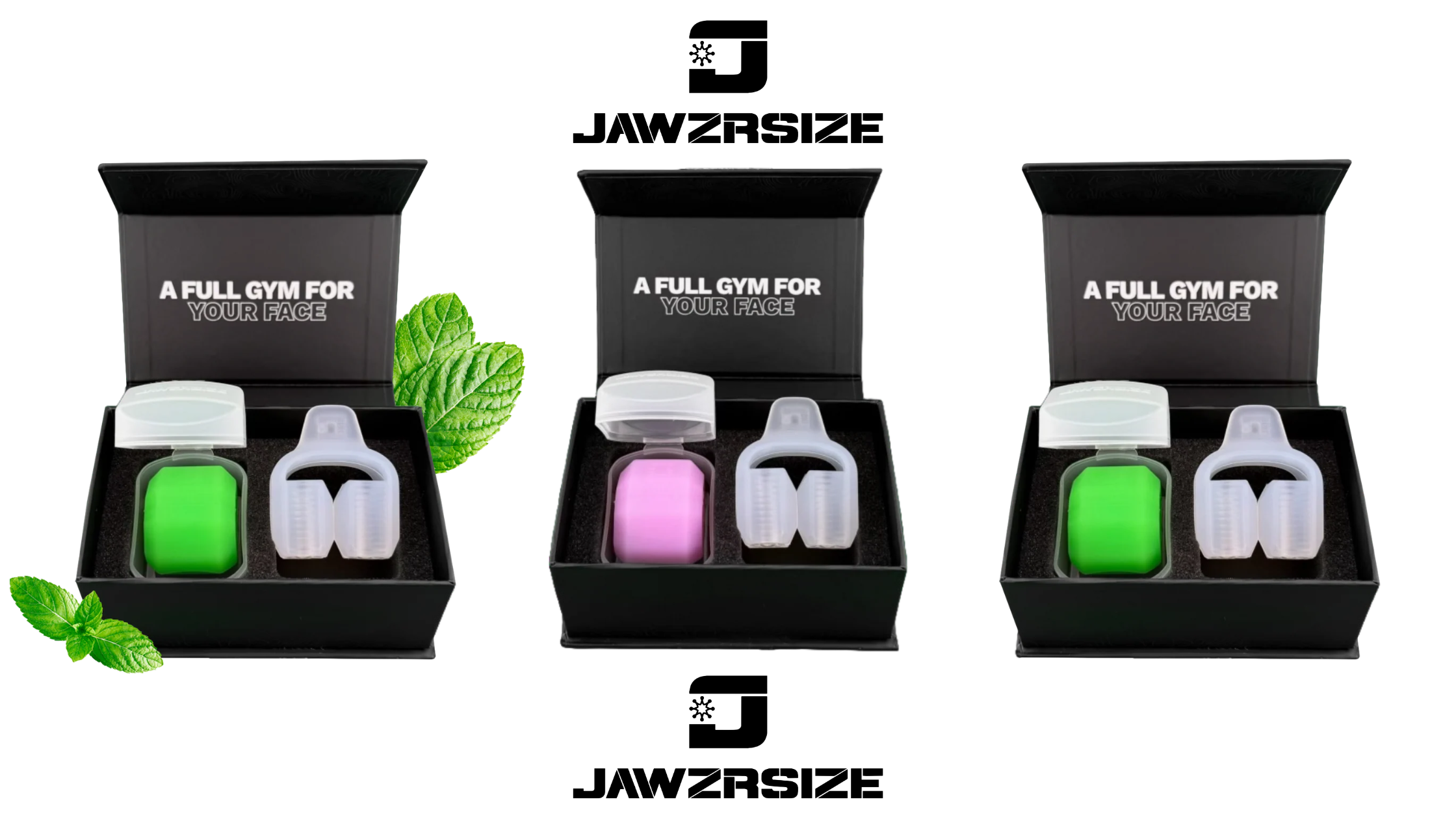Whether it’s to look better, feel better or for health reasons, wanting to achieve a more even facial structure is human nature. One important part of the puzzle is the jawline, and in many cultures, a defined and well-balanced jaw is perceived to be desirable. But given that many of us don’t have this ideal facial feature, methods have been developed to help us achieve it.
This article discusses forward facial growth, an ideal for people who want to learn how to improve the position of their upper jawline and cheekbones. Read on to learn some techniques for achieving forward facial growth.
What is forward facial growth?
In total, your head contains 22 bones, and it is divided into two regions. One region protects the skull and the other forms the face. One central piece making up the bone structure of the face is the maxilla. The maxilla is the bone that makes up the upper jaw, cheeks and lower eye sockets.
For some people, due to genetics or even facial trauma, the maxilla will never fully develop and remain recessed. This means that your upper jaw line is set back, which can cause misalignments in your bite, sunken cheekbones and even make your lower jaw appear too prominent in contrast. In children, prolonged use of a sippy cup as well as thumb sucking may also lead to the upper jaw becoming underdeveloped.
👉 Click here to purchase the Beginners Bundle and start your Jawzrsize journey today!

Fortunately, there are ways to correct it, and this process is called forward facial growth. Forward face growth is any technique that moves the maxilla up. The process results in your face appearing more lifted.
Effects of forward facial growth
One of the noticeable effects of forward facial growth in adults is a positive change in appearance. A recessed maxilla can lead to crooked teeth, an underbite or overbite, flat cheekbones or even a thin upper lip. Forward facial growth can help rectify these issues in appearance by providing more room for the teeth and tongue.
👉 Click here to get the Guys Pack at a discount! Start strengthening your jawline now!
Forward facial growth can have a desirable impact on your face, specifically in your bite and lips, your nose shape and even your chin. Since this technique affects bone structure, it may also improve the support around your eye sockets.
Forward facial growth can also provide relief from the common symptoms of a recessed maxilla. These symptoms are:
- Teeth grinding
- Snoring
- Sleep apnea
- Discomfort while chewing
- Excessive wear on tooth enamel
- Mouth breathing
As mentioned before, forward facial growth provides more room for the teeth. Not only is it possible to correct misaligned teeth, but it could help with teeth grinding and chewing discomfort.
If the maxilla is severely underdeveloped, it may also obstruct a person's breathing by blocking the nasal cavity. Forward facial growth may improve this health risk by allowing more room for air to travel through the passageway, which in turn could help with sleep related issues.
How to get forward facial growth
The good news is that if you’re unhappy with your recessed maxilla, there are multiple different avenues you can explore to achieve forward facial growth. You can seek both nonsurgical and surgical solutions to bring the maxilla forward. One option is to get dermal fillers, which are gels that get injected beneath the skin. They can restore volume and help reshape your face to achieve your desired look.
Another path you can take is to use orthodontic headgear, which is generally worn outside the mouth. Most often it’s children that wear this device, which corrects jaw and bite abnormalities while the maxilla is still developing. To achieve forward facial growth, an individual can also get orthognathic surgery. Also called corrective jaw surgery, it treats a person's recessed maxilla and other jaw irregularities. The procedure realigns the jawbone into a more desirable position with wires, bone plates or bands.
1. Forward facial growth exercises
Thankfully, forward facial growth can also be achieved without invasive and costly surgery. With some time and patience, facial exercises can also change the shape of your face. Here are some face-pulling techniques that you can add to your daily routine to help correct the position of your maxilla.
2. Mewing
A simple and popular exercise for correcting jaw issues is a technique called mewing. The purpose of mewing is to strengthen the jawline and other facial features by retraining the tongue to sit in a new position. To do it properly, you’ll need to rest your tongue against the roof of your mouth. Keep it flat and relaxed, and repeat whenever you notice your tongue in a different position.It may be months or even years before you start seeing the positive effects of this exercise, but given it’s relatively low effort, there’s no harm in trying.
3. Neck curl-ups
Another exercise you can do is the neck curl-up technique. It is like crunches, but for your neck. What you need to do is lay down on your back, then place your tongue on the roof of your mouth. Next, bring your chin down to your chest.Raise your chest about two inches off the ground without lifting your stomach. Start out by doing three sets of 10. Over time, you can work your way up to doing more.
4. Chin-ups
An effective exercise to strengthen your jaw is the chin-up routine. Start by closing your mouth and moving your lower jaw out while lifting the lower lip. You should feel a stretch under your chin and jawline. Hold the position for 15 to 20 seconds.The chin-up exercise will work on your muscles and give the jawline a definite structure. Complete three to 10 sets a day.
Appearance is important for many people and improving the jawline can go a long way. To learn more about forward facial growth and helpful tools to achieve it, contact us today.
Jawzrsize as the Best Option
If you are looking for a practical and effective solution to enhance jawline definition and achieve the sought-after forward facial growth, Jawzrsize is undoubtedly the best choice. This facial exercise device is designed to strengthen and tone the jaw, providing noticeable results without the need for surgical or invasive procedures. With simple and regular exercises, Jawzrsize can help highlight the jaw contour, support facial growth, and improve overall facial appearance.
Additionally, consistent use of Jawzrsize strengthens the muscles around the jaw, helping to alleviate issues like bruxism and improving tongue posture, which also aids in breathing and dental alignment. With an accessible and adaptable training routine, Jawzrsize is an ideal option for those seeking practical and lasting results.
Frequently Asked Questions
| Question | Answer |
|---|---|
Does Jawzrsize really help define the jawline? |
Yes, Jawzrsize is designed to strengthen jaw muscles, helping to better define this area and promote a more pronounced contour with regular use. |
Is it safe to use Jawzrsize every day? |
Yes, Jawzrsize is safe for daily use as long as you follow the usage instructions and gradually increase intensity. Start with short sessions and build up. |
How long does it take to see results with Jawzrsize? |
Results vary, but with regular use, many users begin to notice changes within a few weeks, especially in jaw tone and definition. |
Does Jawzrsize help with bruxism? |
Yes, strengthening facial muscles can help reduce bruxism by promoting muscle relaxation, which may decrease the tension associated with teeth grinding. |
Can I use Jawzrsize alongside other facial exercises? |
Yes, Jawzrsize can complement other facial exercises, such as mewing and neck lifts, providing a comprehensive approach to facial strengthening and definition. |

